Flowers are some of the most beautiful and intricate creations in the natural world, each with their own unique qualities and significance. But have you ever stopped to think about the flowers that start with the letter X?
It might seem like an obscure topic, but it’s fascinating to explore the diversity and rarity of these floral specimens. From exotic blooms found in far-flung corners of the world to more familiar varieties with unusual names, the flowers that start with X are a true wonder of nature.
In this article, we’ll take a deep dive into the world of X flowers, uncovering their origins, meanings, and symbolism. So, if you’re ready to discover the unexpected beauty of these rare and remarkable flowers, read on!
Keep Reading:
- Flowers That Start With S
- Flowers That Start With T
- Flowers That Start With U
- Flowers That Start With V
- Flowers That Start With W
List Of Flowers That Start With X
1. Xyris
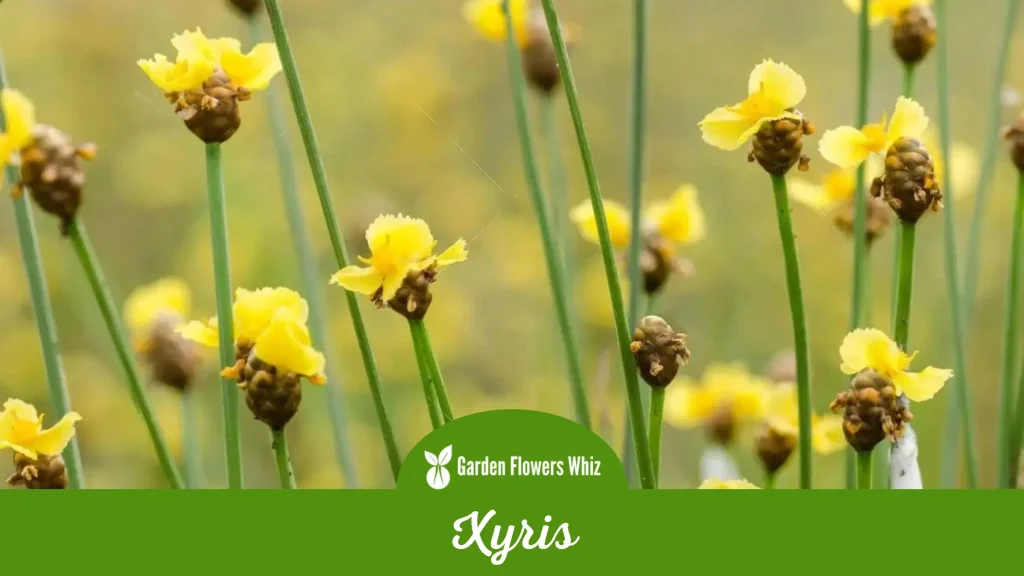
Xyris is a genus of flowering plants in the family Xyridaceae, commonly known as yellow-eyed grass. This genus comprises over 300 species of herbaceous perennials that are primarily found in the Americas.
The plants in this genus typically grow in wetland habitats, such as bogs, marshes, and swamps. They are characterized by their grass-like leaves and their showy, star-shaped flowers that feature bright yellow or orange stamens.
The flowers bloom in dense clusters, adding a burst of color to wetland areas where they grow. Xyris is an important wetland plant and plays a vital role in the ecosystem as it helps to stabilize soils and prevent erosion.
With their striking blooms and important ecological roles, Xyris plants are certainly worth discovering and appreciating.
2. Xerochrysum

Xerochrysum is a genus of plants in the daisy family, native to Australia. It is commonly known as the paper daisy or everlasting daisy due to its papery texture and long-lasting blooms.
The flowers of Xerochrysum come in a range of bright and vivid colors, including shades of yellow, orange, red, and pink, and are often used in cut flower arrangements or dried flower displays.
Xerochrysum plants are easy to grow and are generally low maintenance, making them a popular choice for gardeners. They thrive in well-draining soils and full sun and are drought-tolerant, making them well-suited to the dry, arid conditions of their native Australia.
Xerochrysum is not only beautiful but also has a long history of traditional use as a medicinal herb. With its stunning flowers and versatility, Xerochrysum is a plant that is well worth discovering.
3. Xanthisma
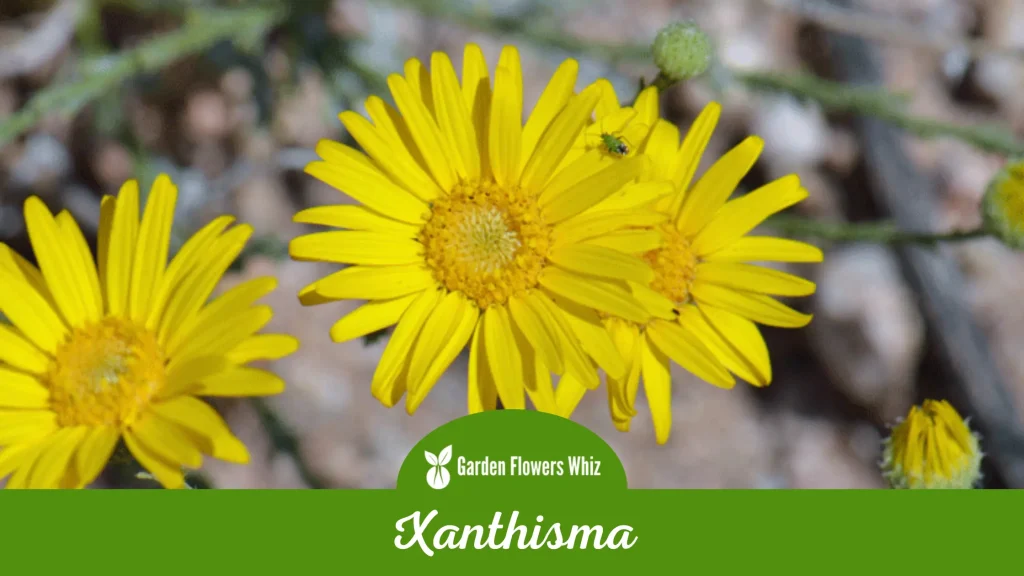
Xanthisma is a genus of flowering plants in the sunflower family, also known as the golden asters. These plants are native to North America and are particularly common in arid and semi-arid regions.
The flowers of Xanthisma come in a range of bright and vibrant colors, including shades of yellow, orange, and pink, and they bloom in late summer or early fall.
Xanthisma is a hardy and low-maintenance plant, making it a popular choice for gardeners in regions with hot, dry summers. They are also an important source of food for pollinators such as bees and butterflies.
In addition to their medicinal and ornamental value, Xanthisma also has ecological importance, as they help to prevent soil erosion and provide habitat for wildlife.
4. Xyris Difformis
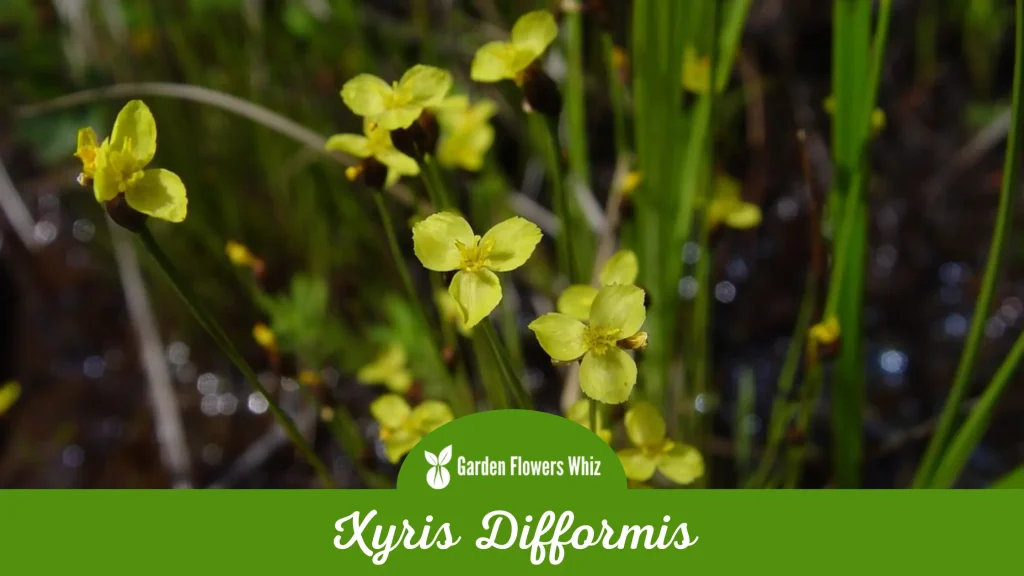
Xyris difformis, also known as bog yellow-eyed grass, is a perennial flowering plant in the Xyridaceae family, native to the southeastern United States.
The plant typically grows to a height of 12 to 24 inches, with a clump of narrow, grass-like leaves at the base and tall, slender stems that bear clusters of small, bright yellow flowers at the top.
The flowers of Xyris difformis have a distinctive “eye,” with a brownish-red center and a ring of bright yellow petals. The plant thrives in wet, boggy habitats such as swamps, marshes, and wet meadows and is an important part of these ecosystems, providing food and habitat for a variety of wildlife.
In addition to its ecological importance, Xyris difformis is also a popular ornamental plant in water gardens and bog gardens, adding color and texture to these unique landscapes.
5. Xylosma

Xylosma is a genus of flowering plants in the family Salicaceae, commonly known as the logwood or shiny xylosma. Native to tropical and subtropical regions, Xylosma is a hardy evergreen shrub that can grow up to 20 feet tall, with glossy, dark green leaves and small, inconspicuous flowers.
The plant’s small berries are attractive to birds and other wildlife and are often used in ornamental arrangements. Xylosma is a popular choice for hedges and screens, as it responds well to pruning and can be shaped into a variety of forms.
It is also a useful plant for erosion control, as its extensive root system helps to stabilize soil on slopes and hillsides. In addition to its practical uses, Xylosma is also valued for its ornamental value, adding year-round color and texture to landscapes and gardens.
6. Xylobium

Xylobium is a genus of orchid plants that is native to tropical regions in Central and South America. The plant produces tall spikes of delicate flowers, which can range in color from white and yellow to pink and lavender.
The flowers have a unique structure, with a lip that is elongated and bent backward. This adaptation is thought to be an evolutionary strategy to attract pollinators such as moths, which are able to reach deep into the flower to access the nectar.
Xylobium orchids are epiphytic, meaning they grow on the surface of other plants rather than in soil. In their natural habitat, they can be found growing on trees and rocks in humid forests.
Xylobium orchids have become a popular choice among orchid enthusiasts, who appreciate their unusual form and delicate beauty.
They can be grown in pots or mounted on slabs of wood or cork and require warm temperatures, high humidity, and bright, indirect light to thrive.
7. Xerophyllum
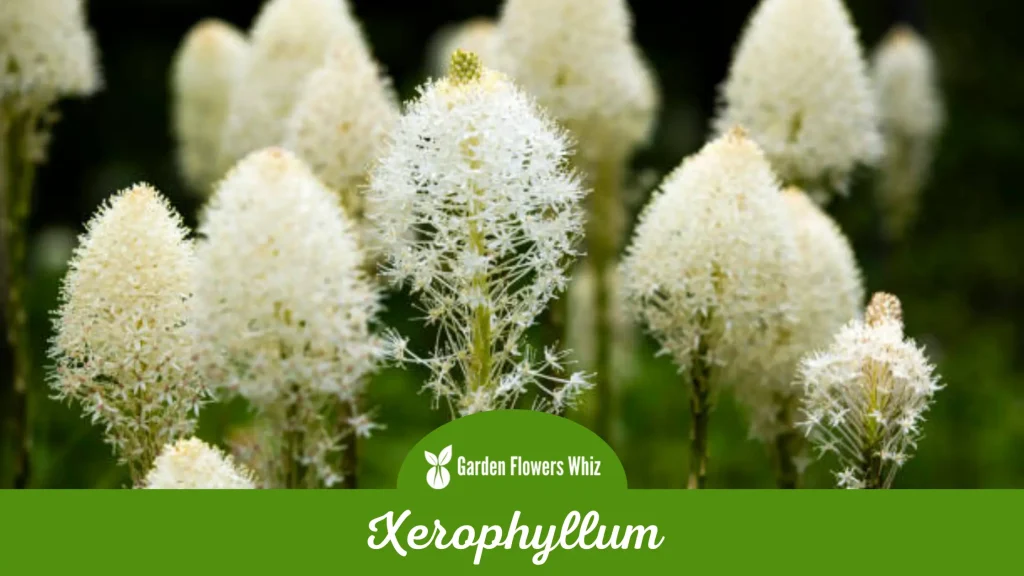
Xerophyllum is a genus of perennial plants that are native to North America. The most well-known species in the genus is Xerophyllum tenax, also known as bear grass.
Bear grass is a tall, grass-like plant that can grow up to six feet tall, with a cluster of small, white flowers at the top of the stem. The plant is commonly found in open, dry forests, meadows, and hillsides in the western United States and is an important cultural and economic resource for many Indigenous peoples in the region.
The long, fibrous leaves of the plant are used in traditional basketry, weaving, and decorative arts, while the flowers and seeds are used for food and medicinal purposes.
Xerophyllum tenax is also a popular ornamental plant and can be grown in gardens and landscapes with well-drained soil and plenty of sunlight.
The plant is drought-tolerant and low-maintenance, making it a great choice for xeriscaping and other water-wise landscaping strategies.
8. Xeranthemum

Xeranthemum is a flowering plant that belongs to the family Asteraceae, commonly known as the everlasting flower. It is a genus of annual or perennial plants that are native to Europe and the Mediterranean.
The flowers are distinctive for their papery texture, which allows them to retain their shape and color even after drying out.
They grow on stems that can range from a few inches to several feet in height, and the blooms come in a variety of colors, including white, pink, and purple.
The Xeranthemum plant is easy to grow and care for, making it a popular choice among gardeners. They are ideal for borders, rock gardens, and cottage-style gardens.
The dried flowers of Xeranthemum are often used in floral arrangements, wreaths, and as a long-lasting addition to potpourri.
9. Xanthoceras Sorbifolium
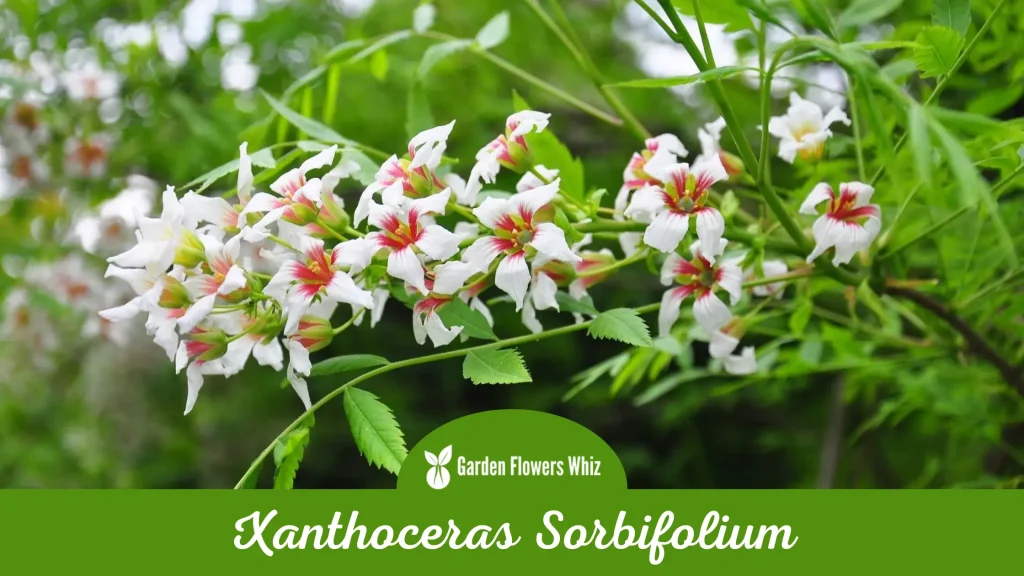
Xanthoceras sorbifolium, commonly known as yellowhorn or Chinese flowering chestnut, is a deciduous shrub or small tree that belongs to the family Sapindaceae.
It is native to China, and it is often grown as an ornamental plant in gardens for its striking appearance and fragrant flowers. The tree can grow up to 20 feet tall and has a spread of 15-20 feet.
The foliage is deciduous, with compound leaves that have a resemblance to those of the rowan tree. The leaves emerge with a red tint in spring and mature to a dark green color.
The flowers of Xanthoceras sorbifolium are fragrant, white, and have a yellow center, and they bloom in late spring to early summer. The flowers are followed by a fruit that resembles a chestnut in shape and size, hence the common name.
The tree is tolerant of a range of soil types and prefers full sun to partial shade. Overall, Xanthoceras sorbifolium is an excellent choice for a beautiful and unique addition to any garden.
In Summary
As we come to the end of our exploration of flowers that start with X, we can appreciate the rarity and uniqueness of these stunning plants.
X may be an uncommon letter in the flower kingdom, but it has given us some fascinating and exotic species that are truly worth admiring.

Stacey Hernandez is a seasoned botanist with over 16 years of experience in the field. Her passion for plants and their intricate workings began at a young age, and she has since devoted her life to studying and understanding them.
Stacey’s expertise extends to a wide range of plant species, from delicate flowers to towering trees. As the founder of Garden Flowers Whiz, Stacey has created a platform for plant enthusiasts to seek guidance and advice.
Her website is a go-to resource for those seeking answers to their gardening dilemmas, whether it’s how to care for a particular plant or which species to choose for a specific climate.
